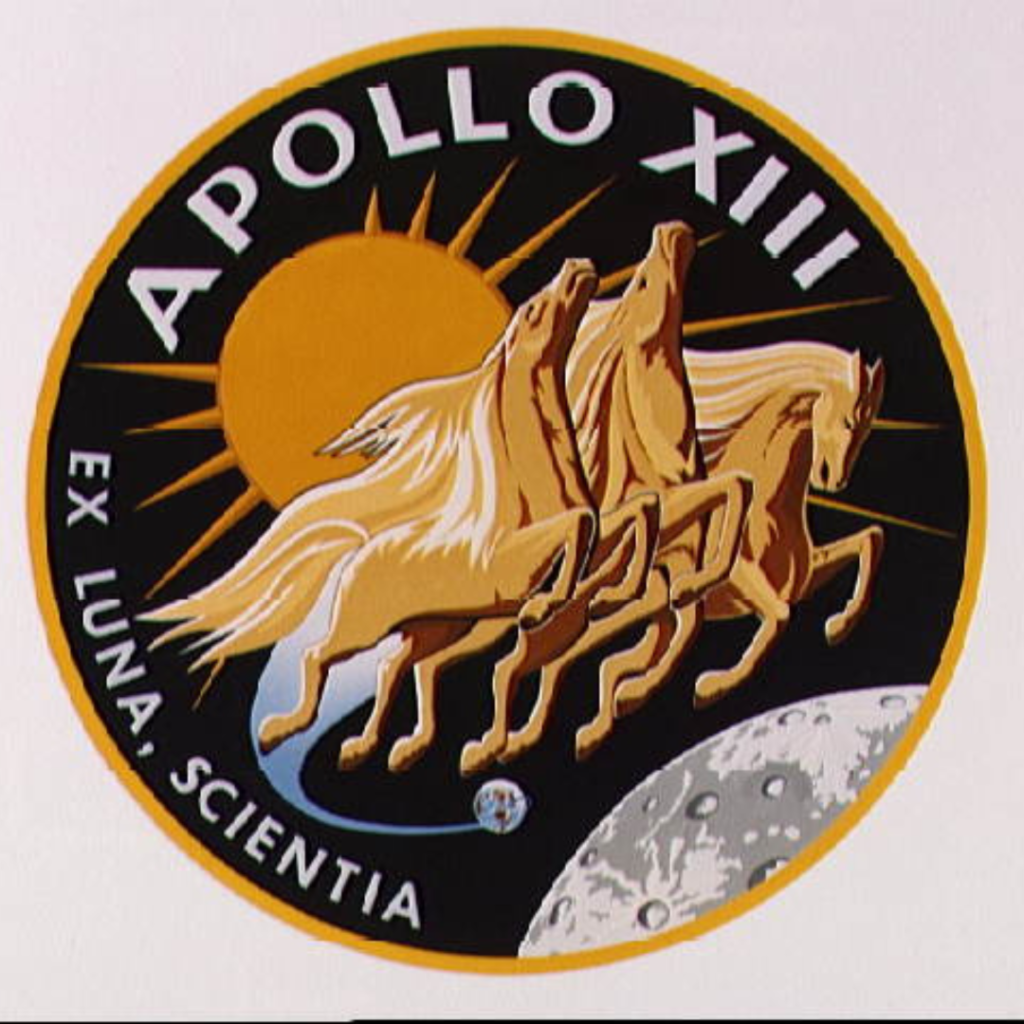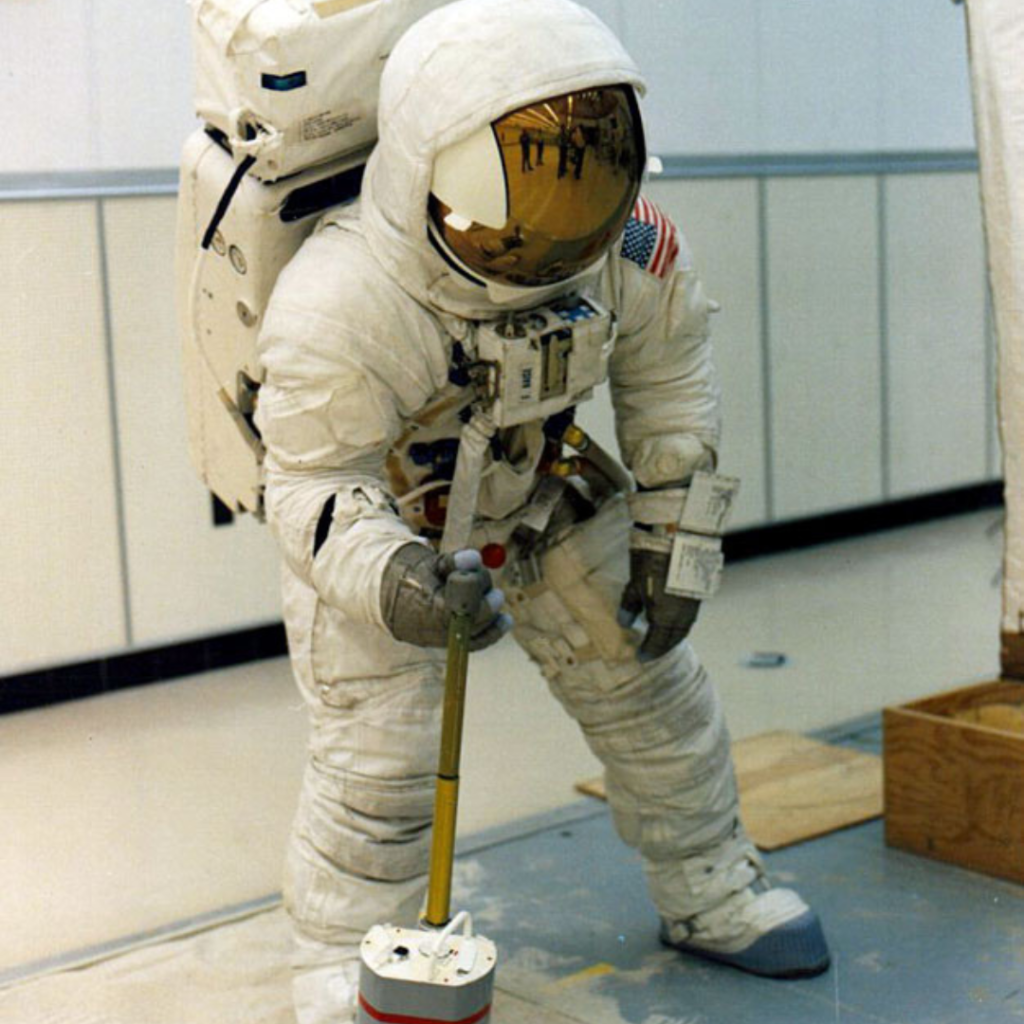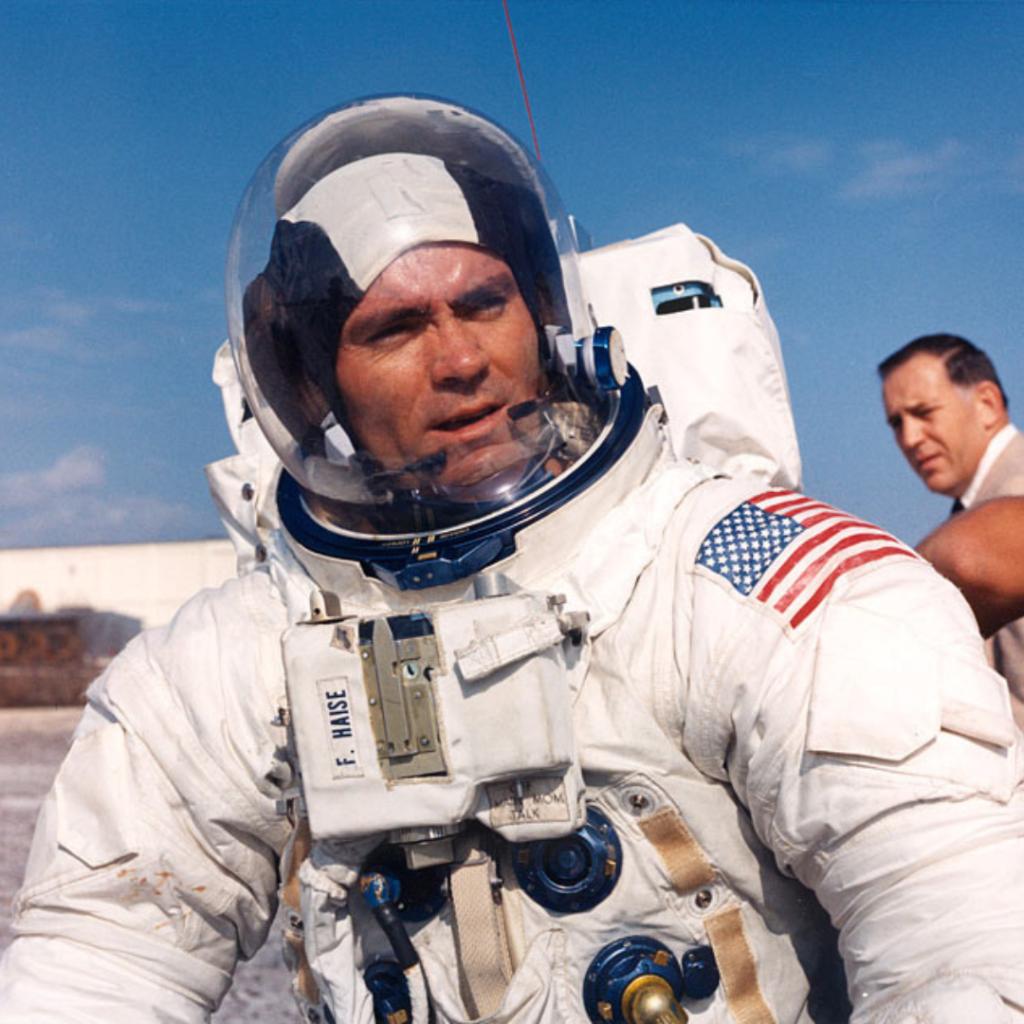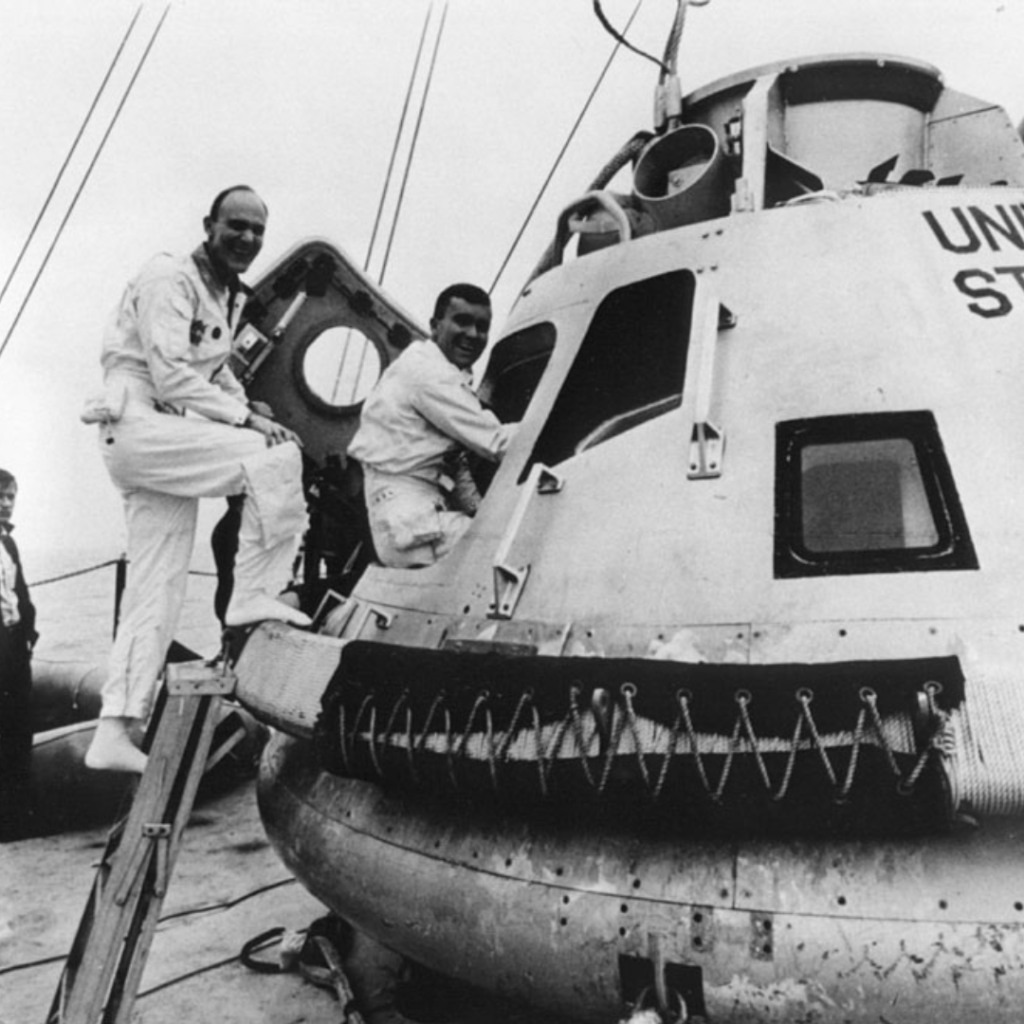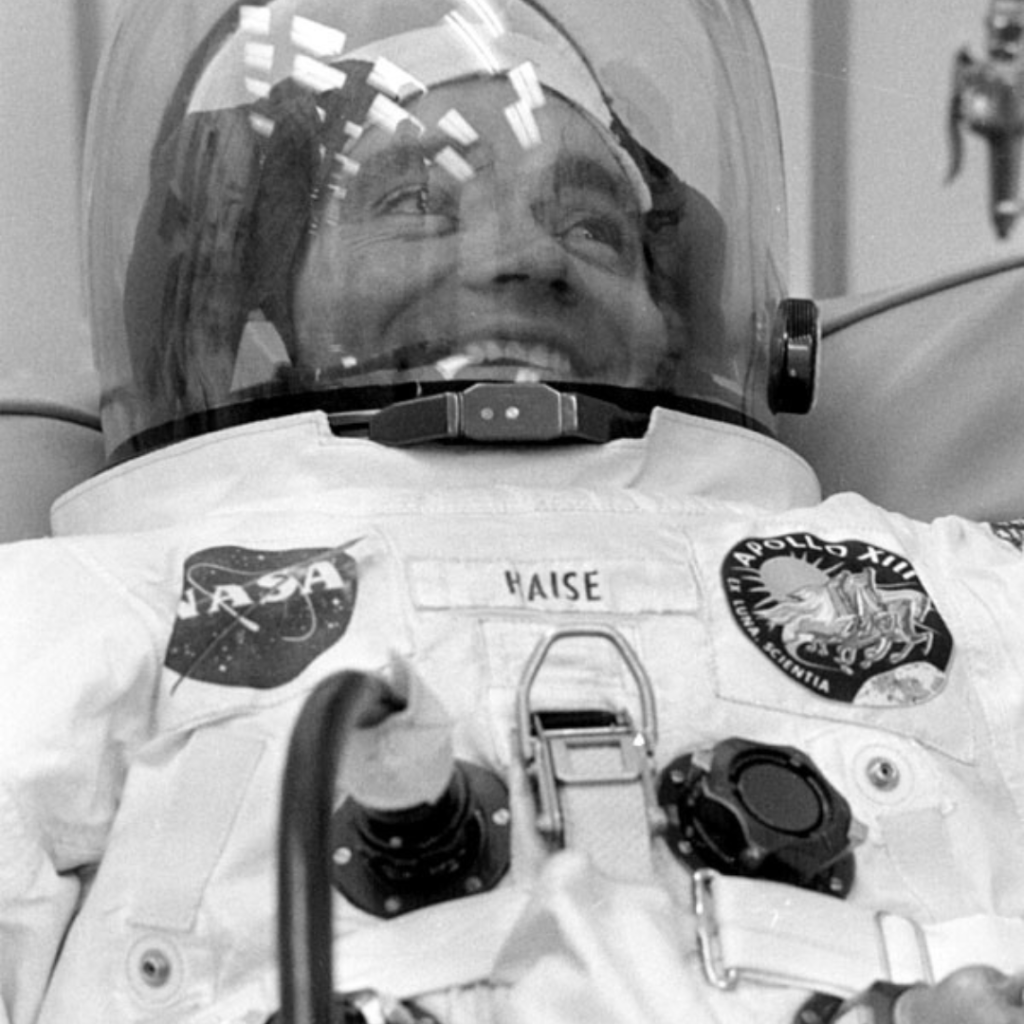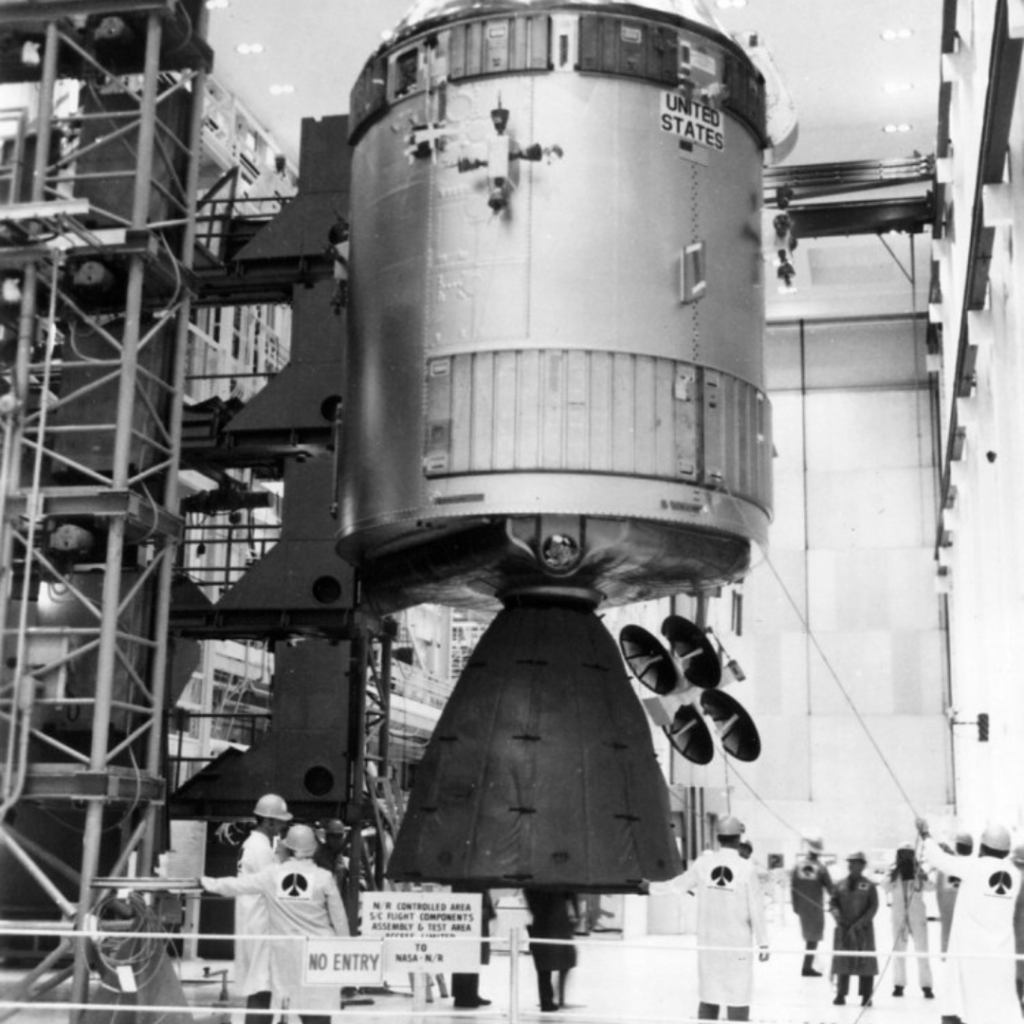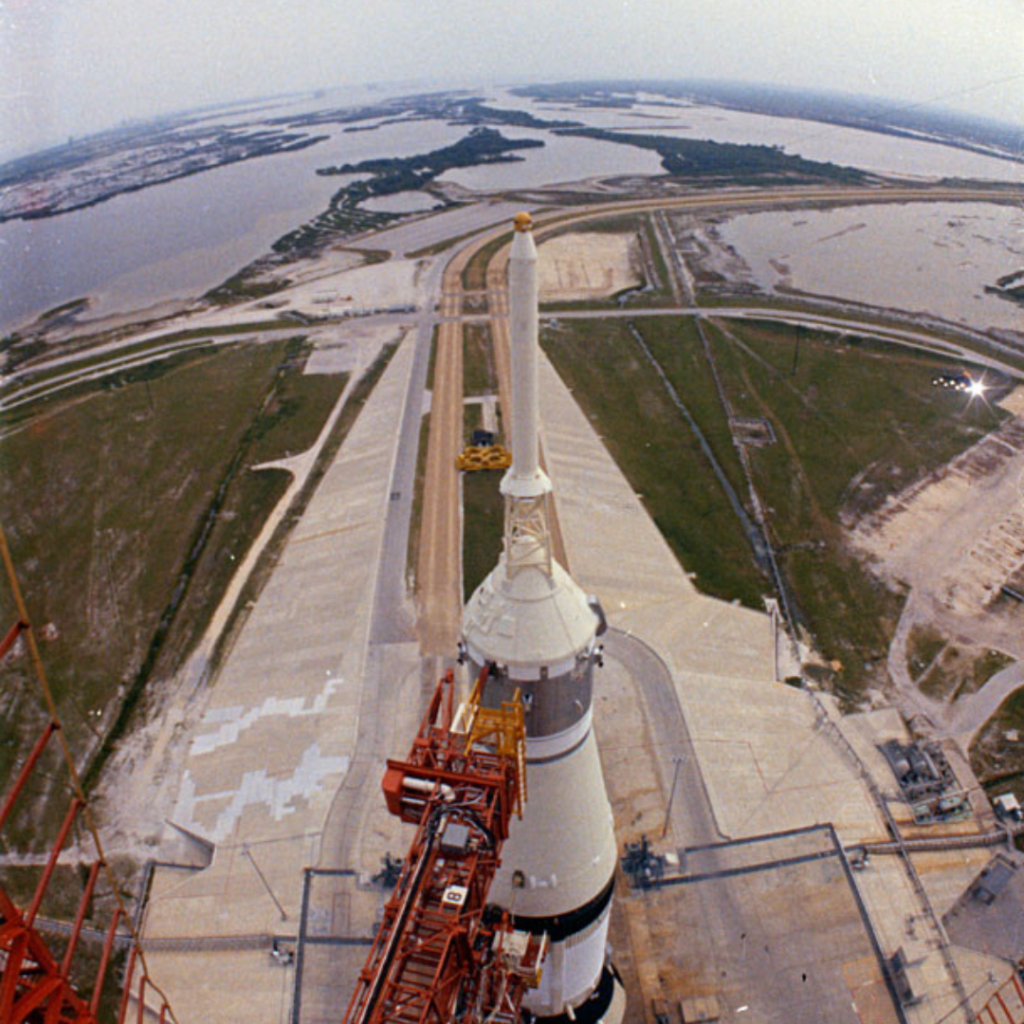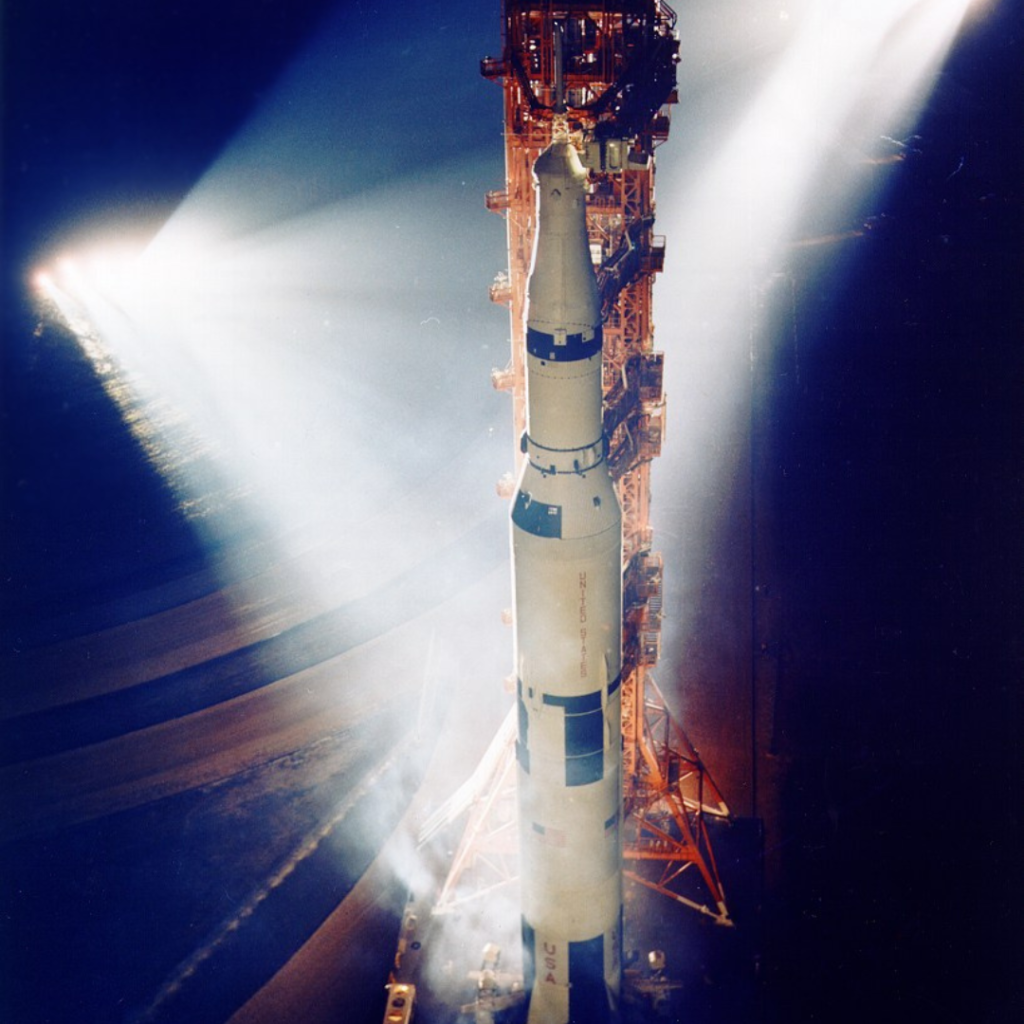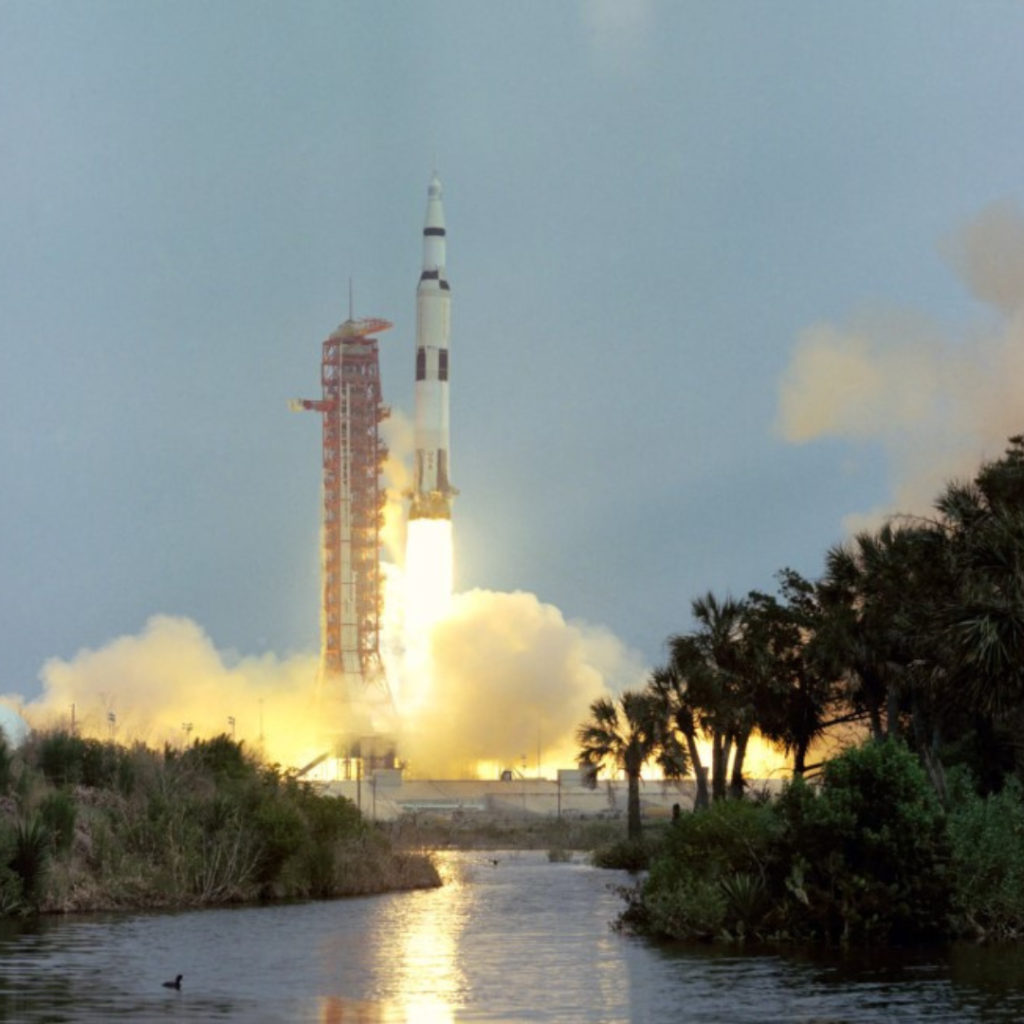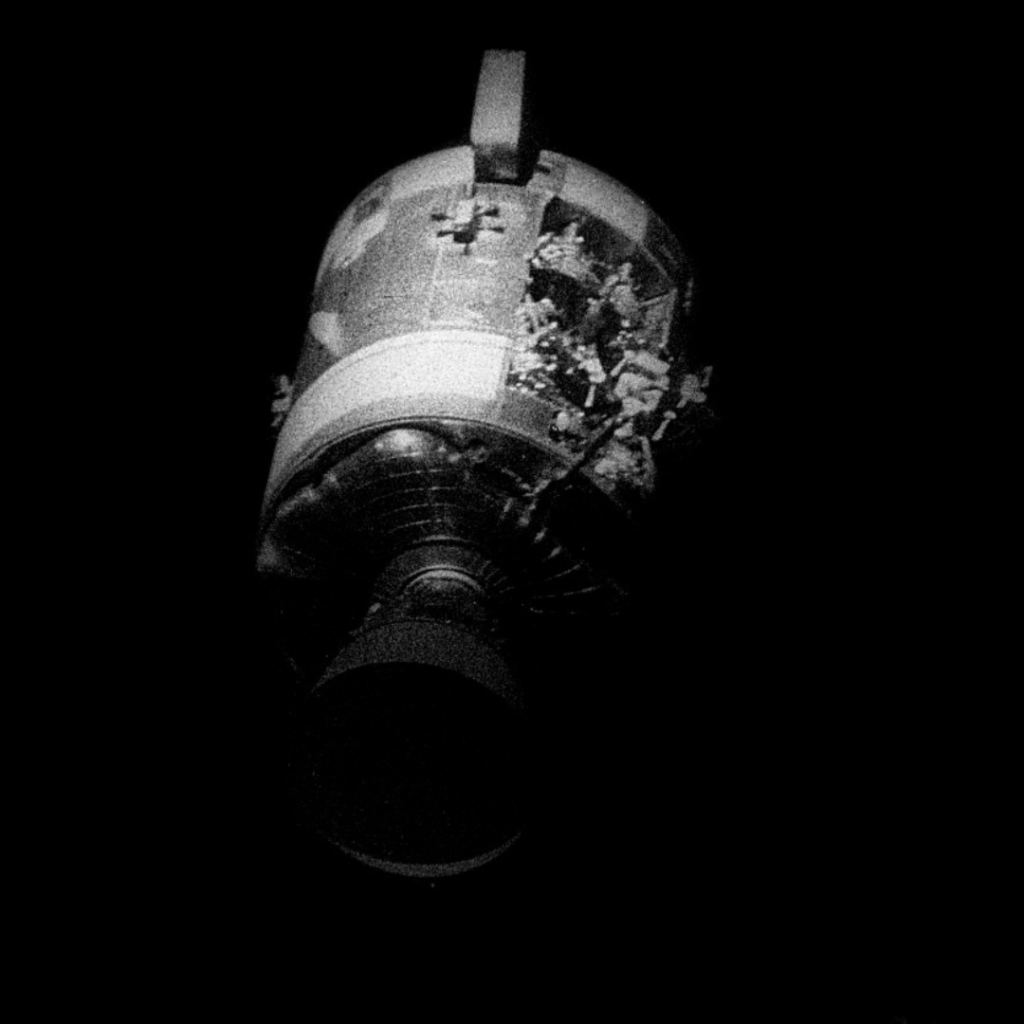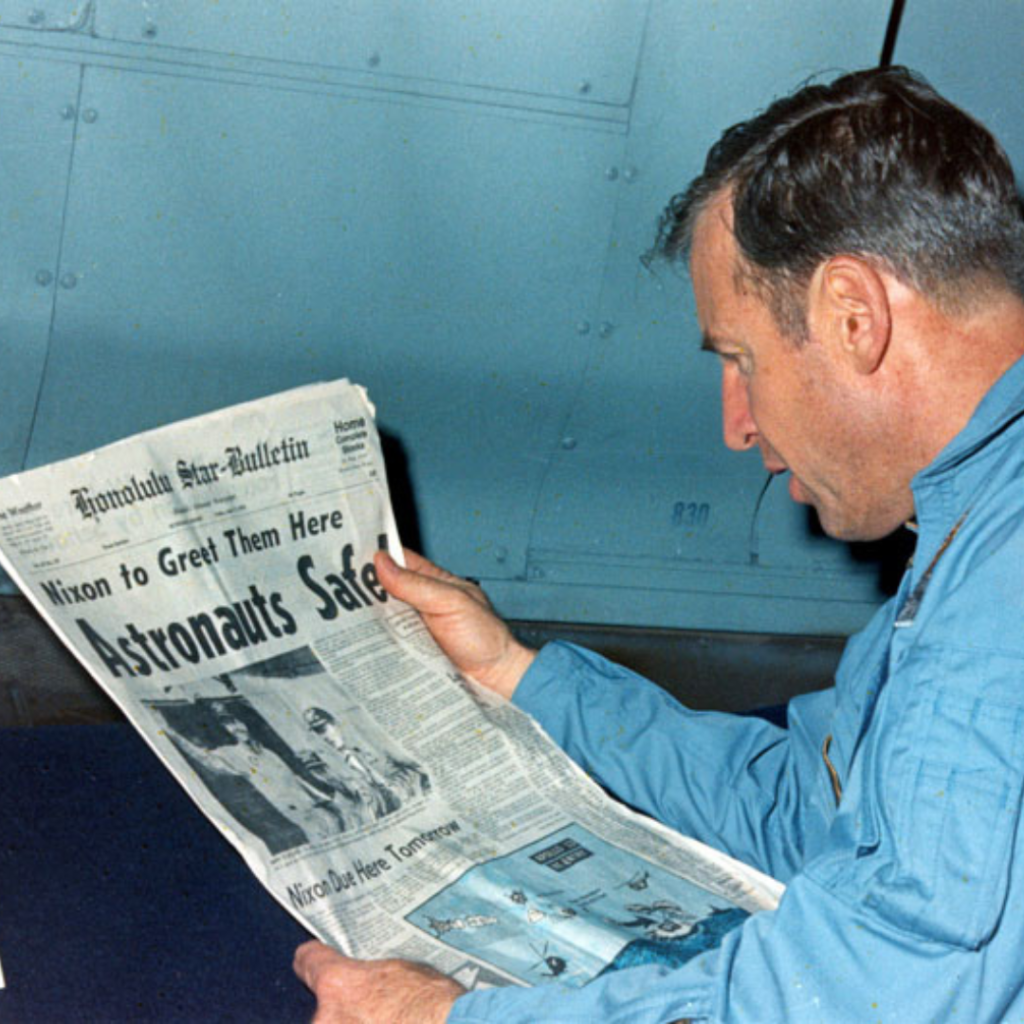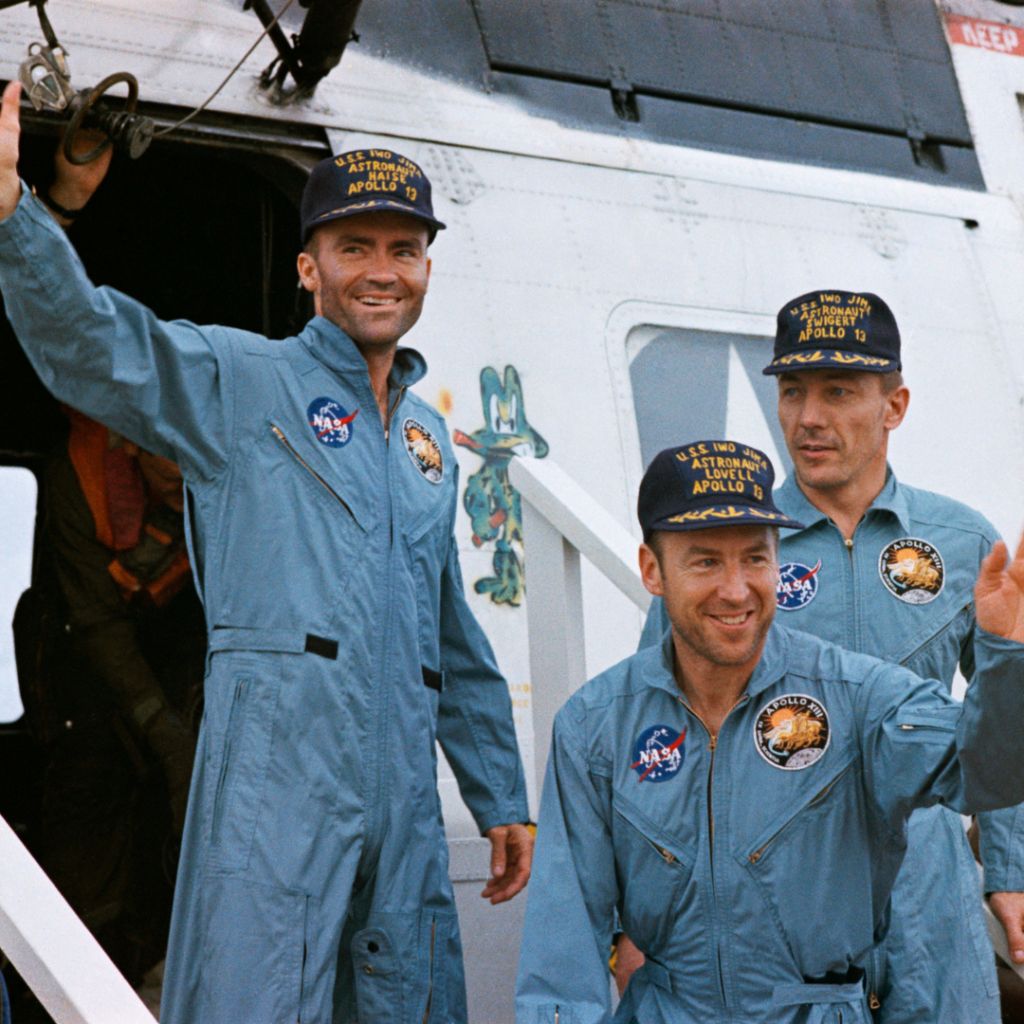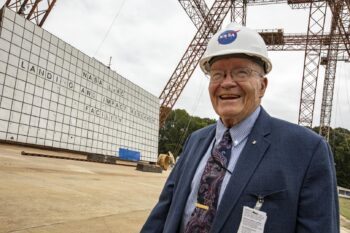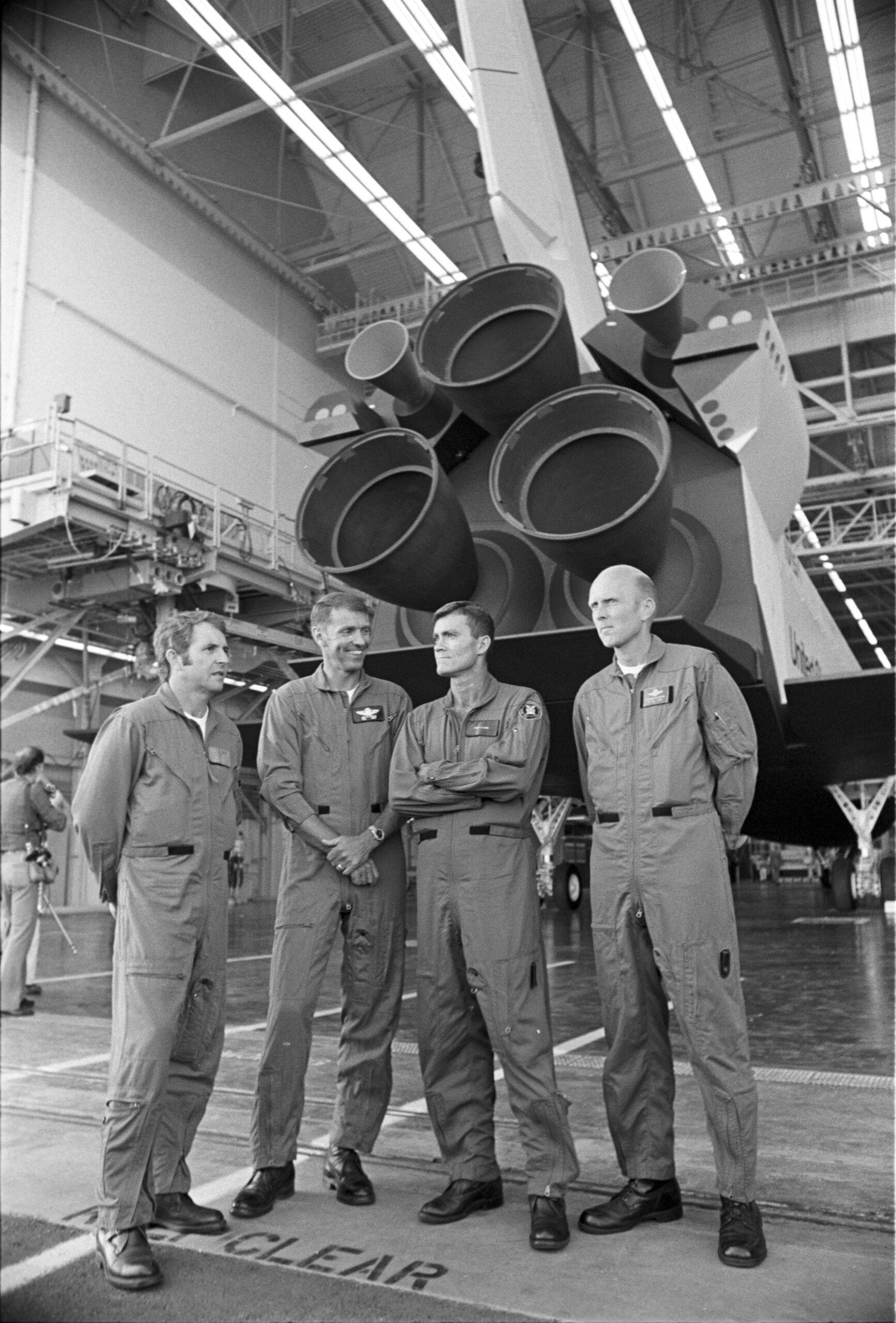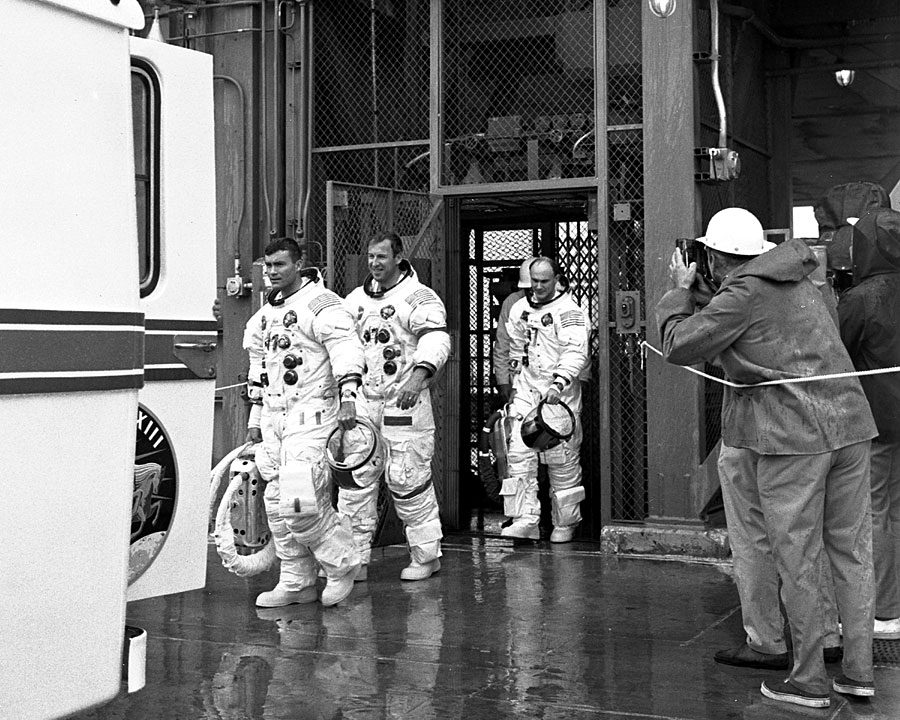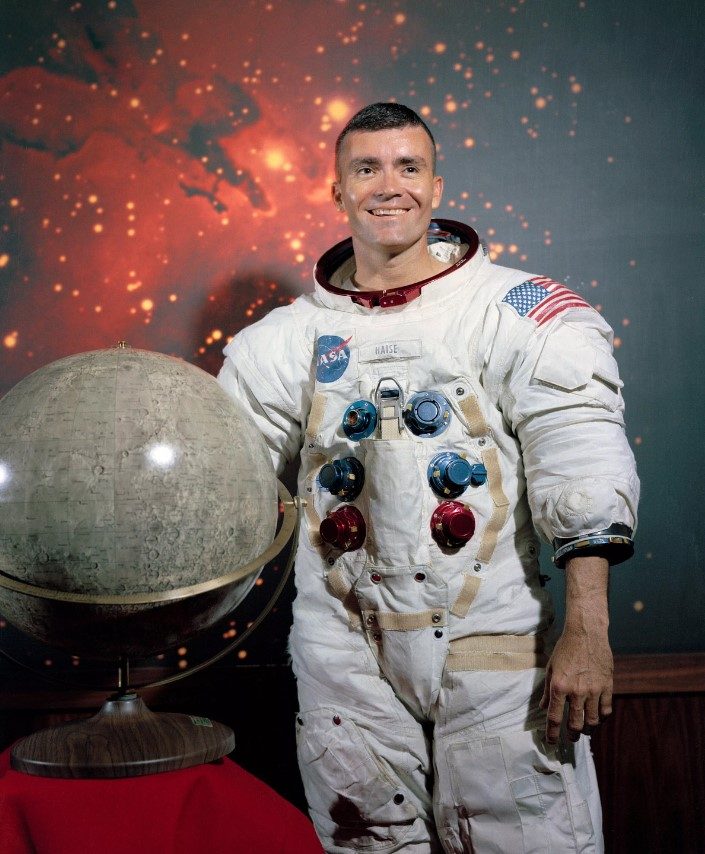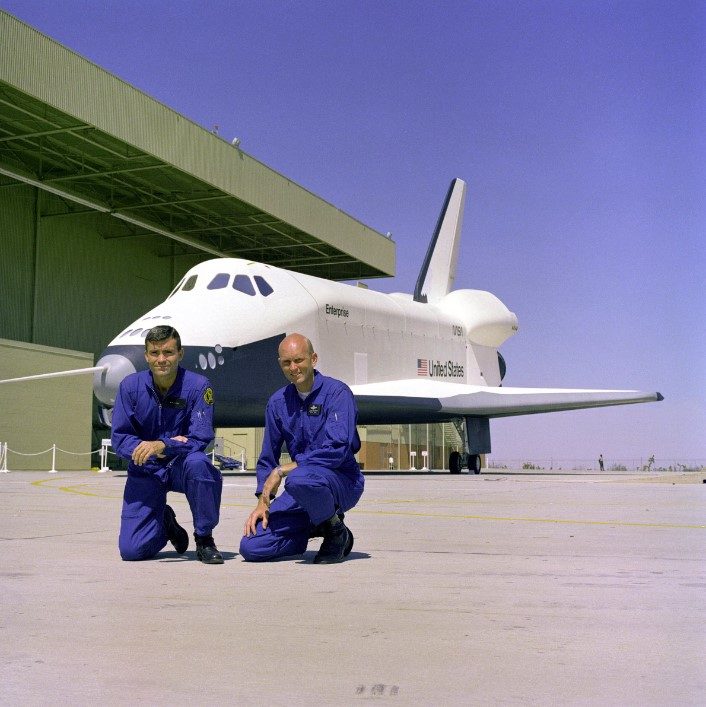Mission - Make it Back to Earth Alive
Meet Fred Haise - Apollo 13 Astronaut
In 2020, we welcomed Fred Haise, former U.S. Air Force and Marine Corps pilot, fighter pilot, and NASA astronaut, to the National Storytelling Festival for an exciting conversation hosted by storyteller Sue O’Halloran. Best known for his role as the lunar module pilot for the Apollo 13 space mission, he tells tales from his extraordinary space flight, which suffered an explosion in the command module, causing them to abort a moon landing and focus instead on making it back to Earth alive.
The Legacy Series is a part of the National Storytelling Festival where we celebrate the voices of unsung heroes and give them a platform to share their stories.
This series was made possible by the Sonia King Estate.
“Fred W. Haise, Jr., was a research pilot and an astronaut for the National Aeronautics and Space Administration from 1959 to 1979. He began his NASA career at the Lewis Research Center in Cleveland, OH (today the Glenn Research Center), in 1959. He transferred to NASA’s Flight Research Center at Edwards, CA, in 1963, where he served for three years as a research pilot until being selected to become an astronaut in 1966 and reassigned to astronaut training at the Johnson Space Center in Houston. After becoming an astronaut, Haise served as a backup crewmember for the Apollo 8, 11, and 16 missions. He flew on the aborted Apollo 13 lunar mission in 1970, spending 142 hours and 54 minutes in space before returning safely to Earth.” NASA on Fred Haise.
Houston - We Have a Problem
From the NASA Marshal History Page – On April 11, 1970, the Saturn V rocket launched from the Kennedy Space Center carrying Apollo 13 and three astronauts Jim Lovell, Fred Haise, and Jack Swiger. The goal of the mission was to land on the moon for the third time and explore the Fra Mauro region which was previously uncharted.
The mission got off to an auspicious start when, during launch, the Saturn V experienced an early shutdown of one of the second stage’s J-2 engines. The remaining engines continued to burn longer than anticipated until Apollo 13 made it into orbit. Minutes later an oxygen tank exploded and two of the three fuel cells had failed.
The immediate response plan was to enter what was known as “lifeboat mode.” Here, the lunar module, Aquarius became central to efforts to save the beleaguered space craft and crew. Aquarius’ full oxygen tank and descent engine both proved critical in keeping the crew alive and returning them to Earth. Along with the extreme shortage of water and electrical power, the crew also encountered dangerous levels of carbon dioxide.
After taking a free-return-to-Earth trajectory and using the Sun as an alignment star for navigation, Apollo 13 started to approach home. The next issue was powering up the command module after a hiatus of operation. One major issue concerned whether cold condensation on the instrumentation would short circuit when power returned. Years later, Haise remembered the command module looking as though someone had “sprayed it with a hose” and that the crew had to “wipe everything off with a towel.” Fortunately, activation caused no arching. Why not? The answer could be found in the lessons learned from the devastating Apollo 1 fire in January 1967 after which a major redesign was undertaken to add increased insulation for the better protection of the wiring.
On April 17, the crew said goodbye to Aquarius and returned to Earth—splashing down in the Pacific Ocean near Samoa.
